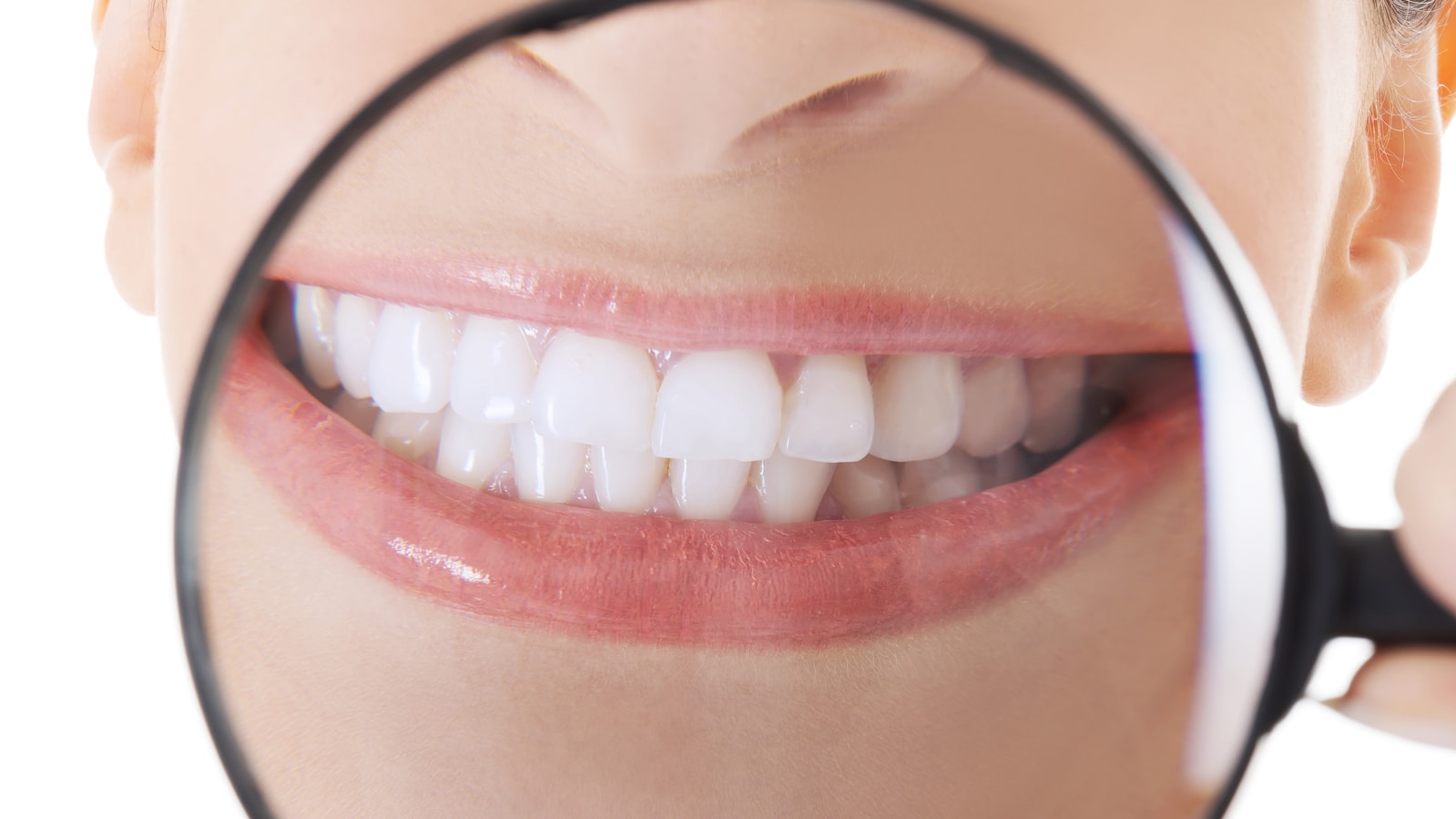
Zoom whitening is a cosmetic dentistry treatment used to bleach or whiten the natural teeth. Zoom Whitening is used to lighten or improve the shade of stained or discolored teeth. The treatment can lighten the stains of a patient’s teeth and make them up to eight shades lighter while providing brighter teeth and a better smile.
A good candidate for Zoom whitening is anyone over the age of 16 with tooth discoloration or staining. Good candidates include patients who have extrinsic stains on their teeth due to consuming:
The ideal patient for whitening procedures should have healthy teeth and gum tissue. They should be free of cavities, tooth decay, exposed roots, bone disease and periodontal disease. Patients with a yellow tone to their teeth are more likely to respond to Zoom whitening treatments. Patients with a brownish tone to their teeth may have minimal improvements in shade.
Anyone who has intrinsic problems that cause a discoloration in the middle layer or dentin of the tooth that appears gray or violet in tone may not respond well to whitening treatments. Other patients who are not ideal candidates include:
Prior to Zoom whitening treatments, the dentist will clean the teeth and check for dental issues which may inhibit the treatment. Patients who have older fillings, which may appear uneven in color after whitening treatments, may be able to have the filling replaced for a better appearance.
The treatments will be broken down into an office portion and a home portion:
Alternative treatments to whiten the teeth include:
Most cosmetic dentistry procedures are typically not covered under dental insurance and become an out-of-pocket cost. However, patients are encouraged to contact their insurance company and discuss the options available. The average cost of Zoom whitening is about $250 but it can cost in the range of $150-$500. This cost includes the office treatment, the take-home trays and the at-home whitening gel. The cost may be greater if there are pretreatments such as fillings but most dental insurances cover medically necessary treatments such as fillings.
Zoom whitening may cause some tooth sensitivity during, and just after, the treatments. This is because there is a small amount of heat which is given off by the light. Anti-sensitivity toothpaste can be used to help with sensitivity. Some patients experience a minor tingling sensation immediately after the procedure but this sensation will resolve on its own. Although Zoom whitening is generally painless, Advil or Tylenol can be used for jaw discomfort or tooth sensitivity.
There is no downtime needed after Zoom whitening and patients can resume all activities immediately. Patients should avoid consuming anything that has heavy dye content for the first 24 hours after Zoom whitening. This includes red wine, coffee and soy sauce since bleaching can open the porous surface of the enamel and allow stains to soak in.
Zoom whitening can provide significant whitening with immediate results. Furthermore, improvements in shade lightening will continue over the next few weeks with the at-home whitening sessions.
10%-15% of patients will not see a significant change due to many factors including saliva and enamel content. At the other end of the curve, 10%-15% of patients obtain 7 to 10 shades lighter. The average patient falls in the middle with their results showing 3 or 4 shades lighter.
The lasting results of Zoom whitening is subject to the patient’s lifestyle and diet. To maintain the results of teeth whitening, patients should avoid certain foods and beverages which cause stains or consume them in moderation. Rinsing the mouth, or brushing the teeth, after consuming stain causing foods and beverages can help to keep the teeth whiter and maintain the results. Patients who use tobacco products will be advised to stop using them to maintain the results of Zoom whitening. Proper oral hygiene is crucial to prevent stains from reforming. Additionally, patients should maintain regular visits with their dentist to sustain whiter teeth and a healthier mouth. The average patient can maintain the results for about 18 months. After that, they may simply need a touch-up or another Zoom whitening treatment may be needed.
Zoom whitening treatments are limited to only bleaching the natural teeth. It cannot whiten ceramic materials, crowns, veneers or other man-made dental restorations. Patients with an older composite material filling, which has been stained, may see improvements with removing the stain but not the basic color of the material. Therefore, patients who choose to go ahead with teeth whitening treatments stand the risk of having uneven shades on their teeth after Zoom whitening.
For structural safety, Zoom whitening should be limited to one treatment per year. Patients who have temporomandibular disorder, or TMJ, which is a condition that affects the jaw, may be limited from Zoom whitening. Keeping the jaw open for an extended period is necessary with teeth whitening and can cause pain and issues for patients with TMJ.
Although Zoom whitening is considered a safe and effective means to whiter teeth, some common risks include:
Zoom whitening has become increasingly popular and is a good option for many patients. This type of treatment does not use high heat like laser whitening treatments which can leave the structure of the teeth vulnerable to long-term issues. Zoom whitening can significantly whiten the teeth in a shorter amount of time than over-the-counter teeth whitening kits.
Written by Cosmetic Town Editorial Team - MA
Based on an exclusive interview with Dr. Scott Coleman in Houston, TX